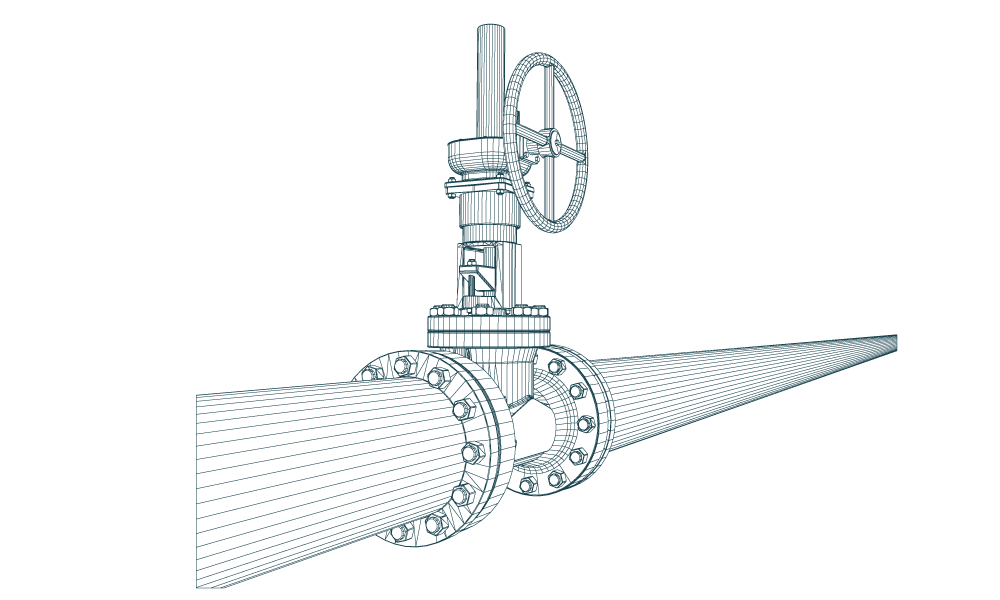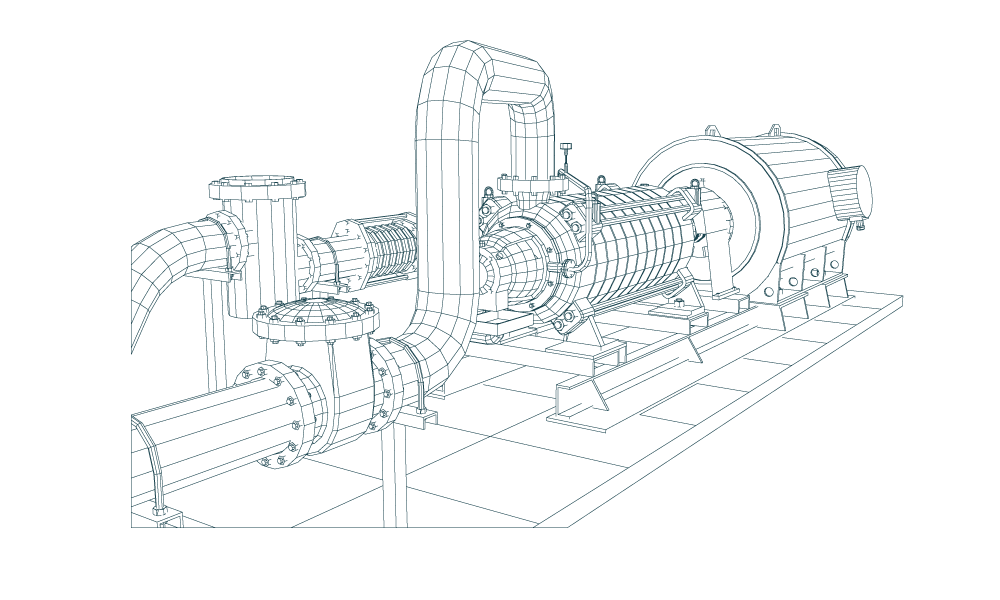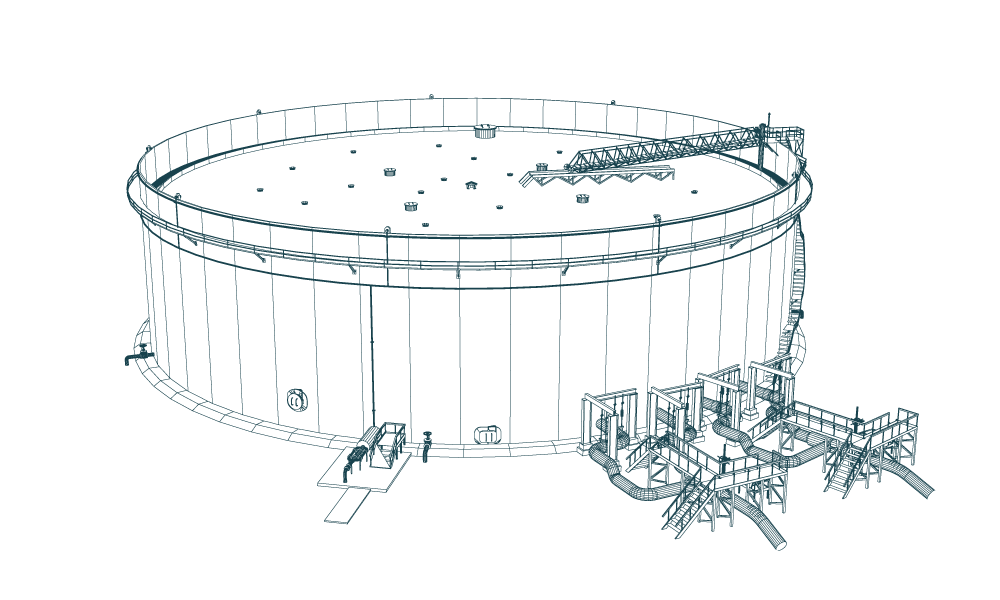PCS® Insights
Sharing Industry Knowledge, Lessons-Learned and Published Presentations
5 Tips for Scalable Mobile Data Collection

Data is more important than ever, with some even calling it the new oil. Like oil, it is not something that is readily available and useable. It needs to be found, drilled, and refined before we can productively use its insights. Today, the power gained from your data is proportional to the size and quality of your data sets. A unique challenge for energy infrastructure construction is providing real value from the large volumes of data produced by inspection teams. Having worked in field data collection for years and managed tens of millions of data points, we want to share our insights for those ready to extract value from their field inspections at a meaningful scale.
Why Scalability Matters
While you cannot measure everything, quantifying what you can opens benefits today and into the future. Increased data provides an environment to exploit the benefits of data science. Data science uses the scientific method, statistics, and sophisticated algorithms to extract insight from large amounts of data, and it allows for more objective visibility into an organization’s activities. Applying algorithms and domain expertise to a set of data generates a new level of value, including predictive models.
Scaling mobile data collection across all capital projects matters because it provides the critical mass of data necessary for data science to discover trends, insights, and exceptions across the enterprise. Benchmarks, patterns, dependencies and correlations identified within a dataset dramatically increase in accuracy and therefore value as the sample size of the analyzed data grows. Being able to capture and analyze data at scale is the foundation for any organization to discover insights that will positively affect future decision making. What if you knew which contractor was more likely to finish a project on schedule or which is most likely to finish on schedule in a particular geographic region given a specific pipe diameter? To jumpstart this process, here are 5 tips to scaling mobile data collection while maximizing the ability to derive added value through continued analysis.
1. First, Support the Change
Change is never easy, and introducing a new data collection method in the field is no exception. We have studied technology adoption in the field extensively, and continue to learn while deploying technology to thousands of field users. One important highlight while deploying a technology at scale is to make sure that training and support for that technology maintains a high ratio of trainers and support personnel to field users. In pipeline construction for example, successful adoption dramatically increases when at least one inspector per pipeline spread is capable of providing field level support for the deployed technology. Personnel need to know that there is someone that they can talk to who understands their situation (e.g. has industry knowledge and experience) and can actively work to support any questions or issues they have.
2. Use Simplicity as a Force Multiplier

User experience is key to accurate and complete data collection in the field.
3. Build on a Solid Foundation
The ongoing data revolution is only possible because of improvements in computing infrastructure. The on-premises server that you bought three years ago will show its age as soon as you scale up data collection. When scaling data and processes, it is time to move to cloud infrastructure and configure constant performance monitoring so that your technical team can identify and resolve any changes in performance well before the user experience is affected. Without a solid infrastructure foundation, you may lose data itself or the good faith of your users as soon as your server infrastructure experiences performance issues.
The cloud offers the resources needed to store ever-expanding data sets and all the computing power you need for collecting and analyzing data at scale
4. Look at Your Data Objectively
Once you start seriously collecting data at scale, the new level of visibility may reveal previously hidden data inaccuracies. Either your old methods provided a fragmented story with limited perspective, or your business processes may need to be altered and improved. Data visibility raises the bar for accuracy. Gaps and inconsistent reporting become very apparent. Prior to deploying mobile data collection, many assume that their existing daily summary reports represent an accurate aggregation of all individual inspections. Detailed data collection and automated aggregation is likely to highlight poor data quality that previous manual reporting methods disguised. It may seem like you created a data quality problem you did not have previously, but in the end, these efforts will bolster the quality of your final data set and give you more confidence to leverage your data for key decision making. Just be prepared to troubleshoot poor data quality that was hidden while using previous manual data collection methods.

Both visual dashboards and tabular data can be used to analyze data. Here we see a report highlighting gaps in inspection activities and cases of duplicating progress data in some ranges.
5. Remember Cybersecurity is Part of Safety
Just like we seek out tripping hazards in our physical environments, we need to maintain a safe environment for our IT systems. In addition to having robust authentication to deter data breaches and encrypting any data in transit, take the time up front to architect your infrastructure to support the various permissions groups necessary within your organization to provide easy access to valuable data but only to those who are authorized. This allows for much faster troubleshooting, more focused work, and less simple mistakes that turn into big events. Access management gets increasingly important the larger you scale.
Surprising Benefits from Surprising Places
From our experience so far, field data collection at scale has also exposed benefits we did not initially predict.
- Hosting reference documentation on a tablet results in saving money on thousands of printed maps and documents while removing the hassle of re-distributing paper with every revision.
- Having photo capture directly integrated to mobile forms can multiply the amount of relevant photos on your project all while making them searchable by useful metadata and geotagged.
- Inspections typically start as one way workflows, but the ability to structure reporting has resulted in corrective action management workflows such as triggering timely follow-up inspections on an environmental incident and tracking its resolution with photos.
- Field inspectors are more likely to reference and check project permits and specifications when they are searchable offline and have extra time due to reduced reporting effort.
- Over time your data from past work will be a source for research for improving future work and remain a valuable reference while operating an asset.
To join the data revolution, you need good data. Lots of it. Heed the tips above to help guide the all-important step of data collection at scale and reap the benefits with fewer bumps in the road.
Article Details
Author: Brett Vogt & Dustin Watts
Technology
PCS® Atlanta
More Information
Contact Us
We would appreciate any opportunity to assist you, and to connect you with the right person at PCS ® to address your needs and answer any questions.
Request Info Call Us 1-800-643-8306


